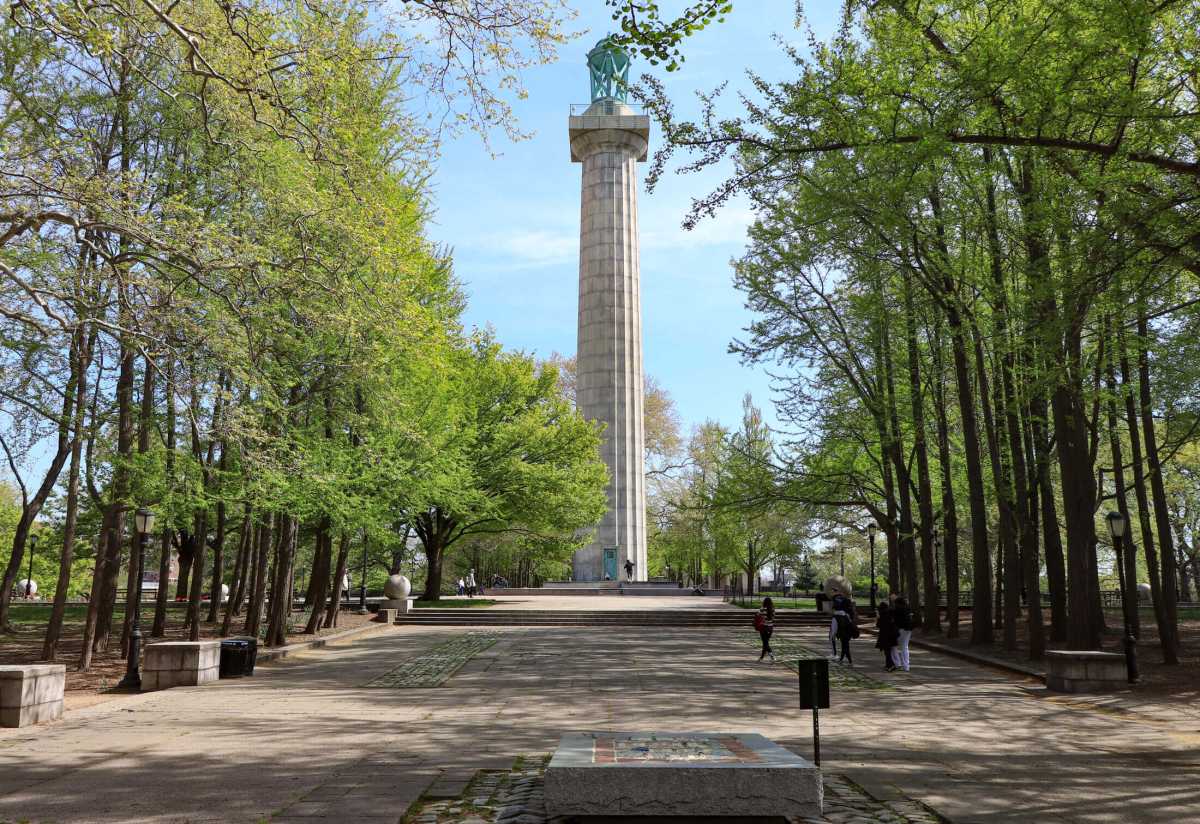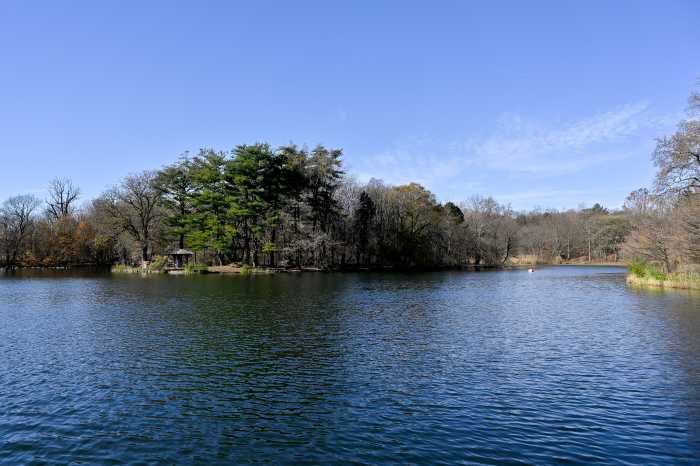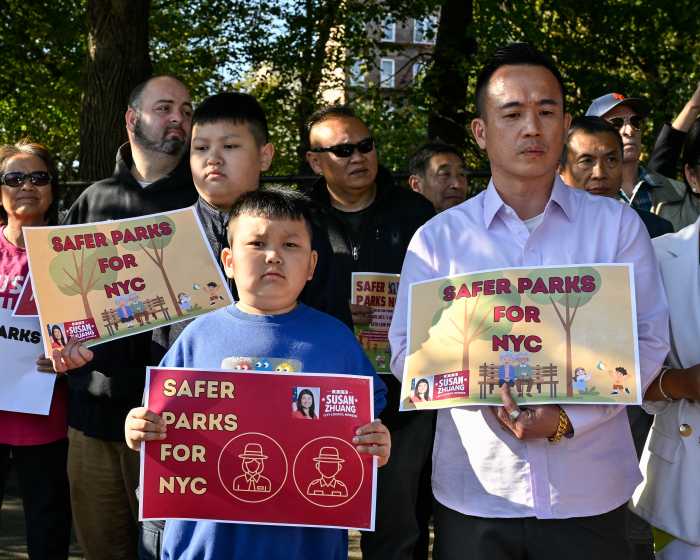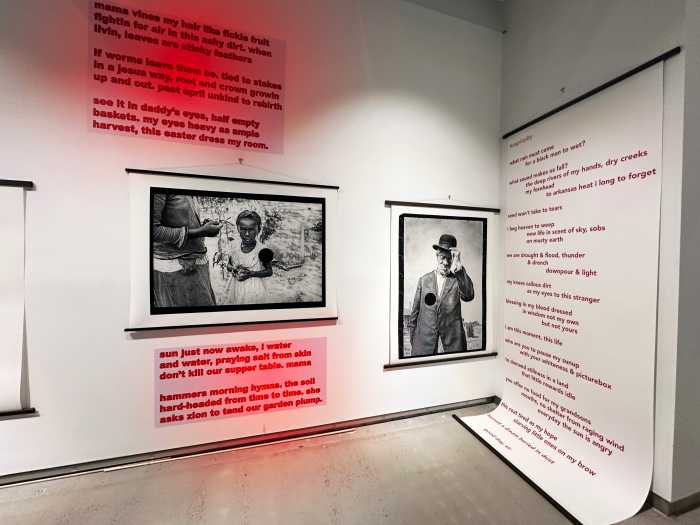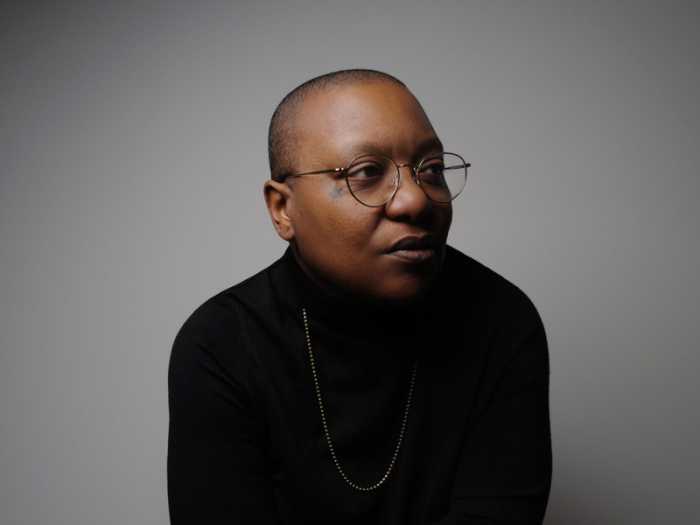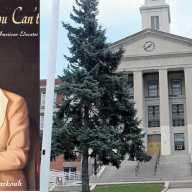A Manhattan judge last week tossed a lawsuit against the city’s plan to overhaul Fort Greene Park, and the project may finally be underway early next year after years of delay.
The suit, filed against the city’s Department of Parks and Recreation by local advocacy group Friends of Fort Greene Park in 2023, claimed the agency had not properly assessed the environmental impact of the project, and that it would violate their rights to “clean air and water, and a healthful environment,” which are guaranteed by the state’s Green Amendment.
First introduced in 2018 as part of the city’s Parks Without Borders program, the $24 million project would include new sidewalks outside the park and new ADA-accessible pathways within, an overhaul of the park’s northwestern entrance near Myrtle Avenue and St. Edwards Street, renovated bathrooms, new basketball courts and a fitness area, and improvements to drainage and erosion infrastructure.

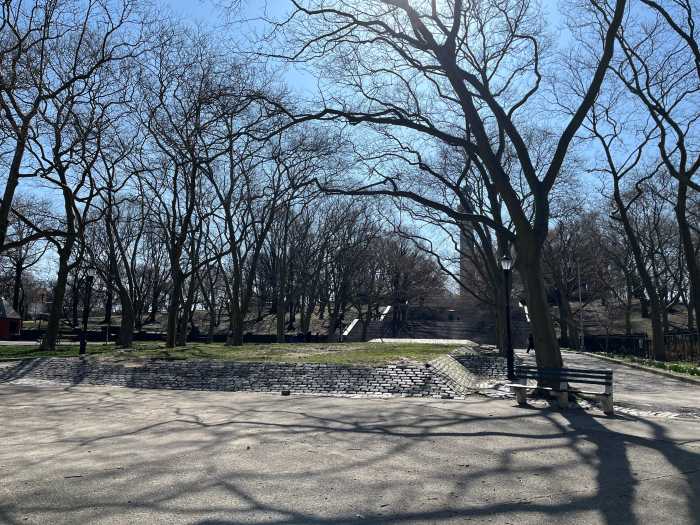
But to do so, the agency would remove 78 mature trees from the park — and those trees were at the center of the Friends’ ire against the project.
Judge Ariel Chesler, in the decision, said the city had followed all necessary environmental reviews, and rebuffed the claim that the project would violate the Green Amendment. The project doesn’t pose a present danger to clean water or air, he wrote, especially since the city plans to plant 200 trees in the park.
“The Court finds it critical and convincing that only a small amount of the area’s trees will be removed, and that many of the trees to be removed are Norway Maples, which are inappropriate for New York City Parks, and which will be replaced with native species more suited to the environment,” Chesler wrote.
The Friends had also argued that the city had arbitrarily evaluated the trees it selected for removal, and that the invasive Norway Maples should be preserved, despite their negative impact on the park, according to an affidavit filed by arborist Carsten Glaeser.
Court filings show that of the 78 trees set to be cut down, 30 are in poor condition or will be soon. The 48 additional trees will be removed for design purposes, but half are invasive Norway Maples and a handful of others, though healthy, are planted in areas where they interfere with drainage and other infrastructure.
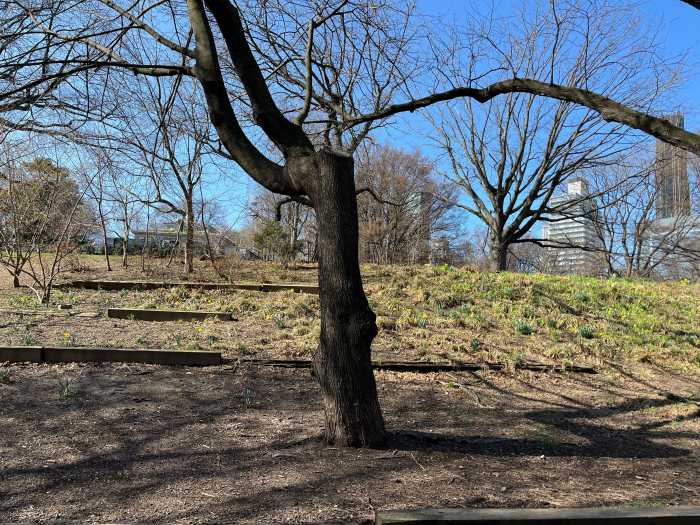
But Chesler pointed to a separate affidavit filed by the parks department’s Director of Forestry, Ian Cumpston, who disagreed with Glaeser’s analysis and explained the city’s methods for choosing which trees would be removed.
In that affidavit, Cumpston acknowledged that the removal of the trees could have short-term negative impacts — but that the long-term benefits of the new trees outweighed them. Chesler seemed to agree, and wrote that the parks department had “carefully considered the removal of trees” and “analyzed the potential impacts of their removal and replacement.”
“Moreover, as noted, while there may be a short-term loss of these trees, in the long term there will be significant benefits from the hundreds of new trees,” he wrote. “In considering whether there is a potential constitutional violation, projects, like this one, which will actually enhance the park and the environment into the future, should be viewed in that framework.”
A representative for the Department of Parks and Recreation referred questions about the lawsuit, and the future of the project, to the city’s law department.
“We are pleased with the Court’s decision,” a spokesperson said in a statement.
Peter Engel, a representative for the Friends of Fort Greene, said the group was “disappointed” in the decision, and is “considering some options on the table,” including filing an appeal. The 2023 lawsuit was the third the group has filed against the project since 2018.
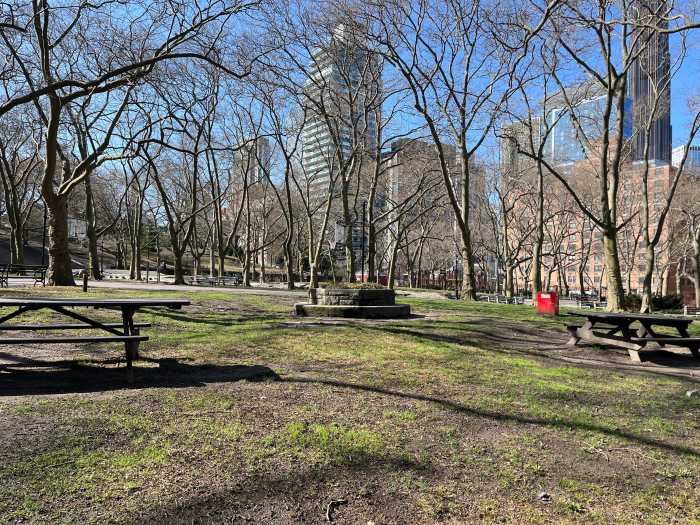
Engel said the judge had largely sided with the parks department, and believes parkgoers will be surprised by the project if it moves forward.
“There’s been a lack of community knowledge about this, but I think if it ends up that work commences, people are going to be shocked and upset by it,” he said.
Rosamond Fletcher, executive director of the Fort Greene Park Conservancy, which works alongside the parks department to maintain Fort Greene Park and has been staunchly in favor of the project, said she was “very happy” with Chesler’s decision, which came three months after he heard oral arguments from both parties.
“I think the main point is that we’re really happy it’s proceeding,” she said. “We’re really happy that people are looking at this holistically and in the long-term, and the environmental benefits for the park will be huge for years to come.”
Fletcher added that the parks department had been working to secure the permits it needs to begin construction, and that work is likely to begin early next spring.


